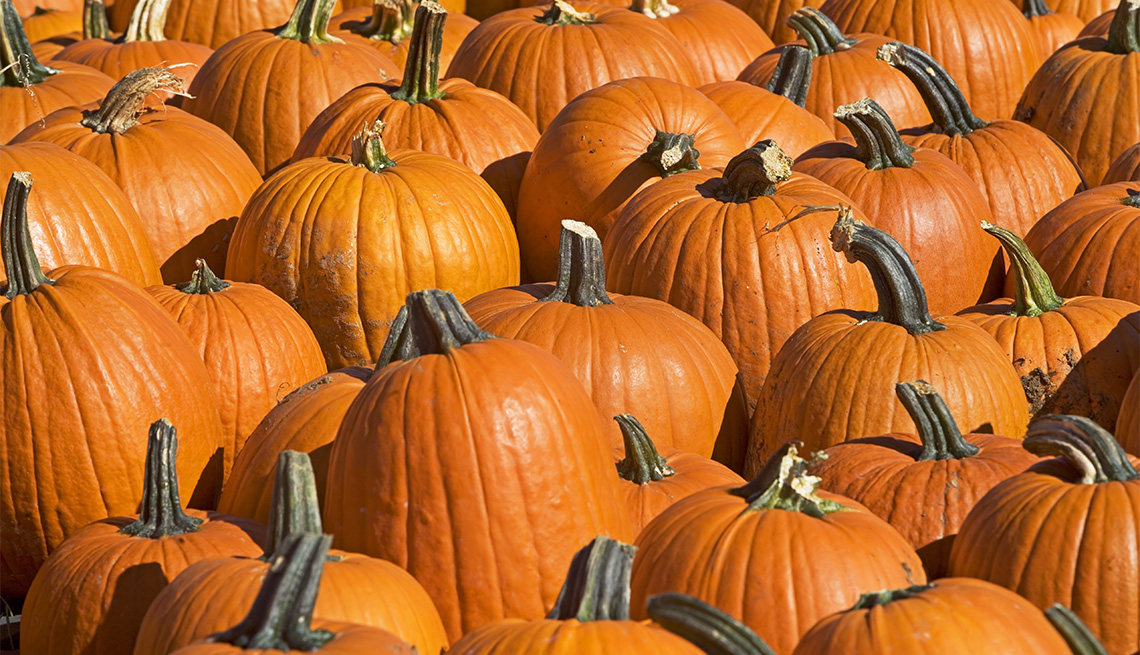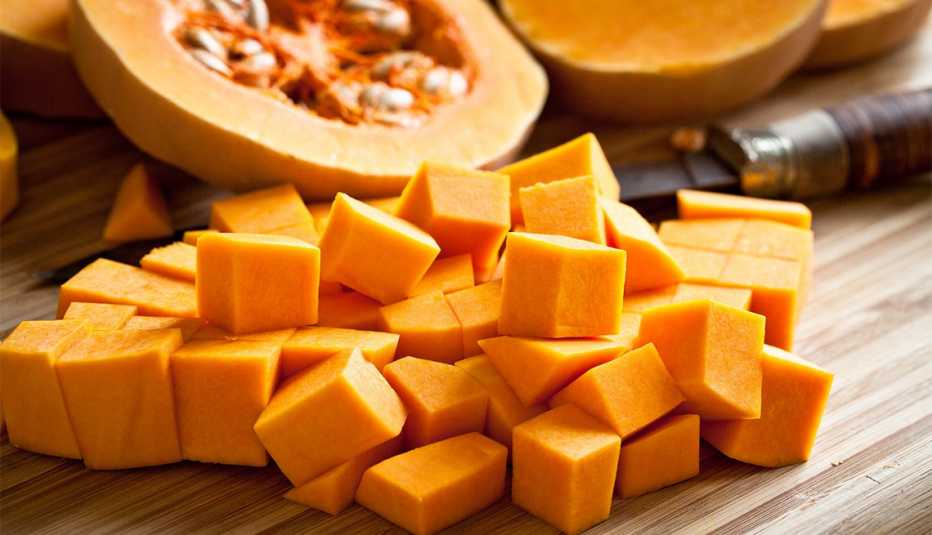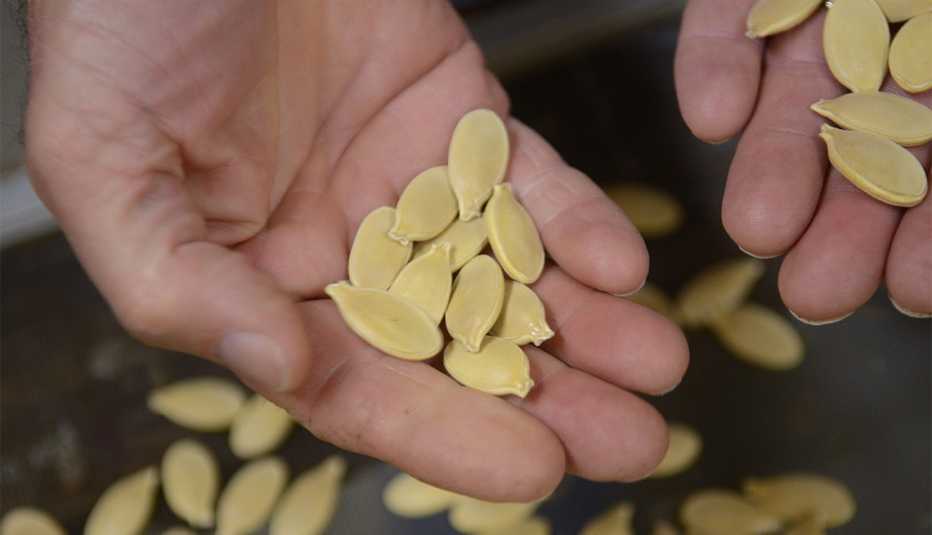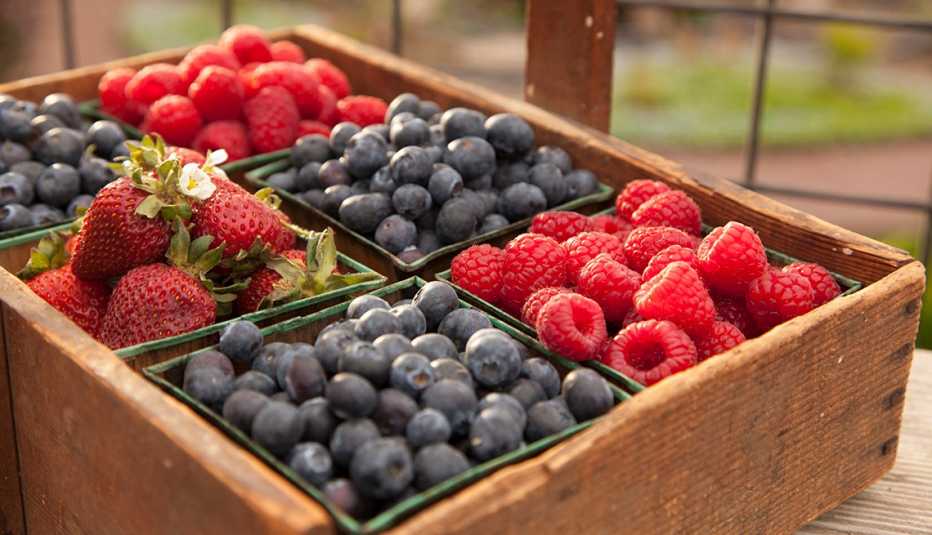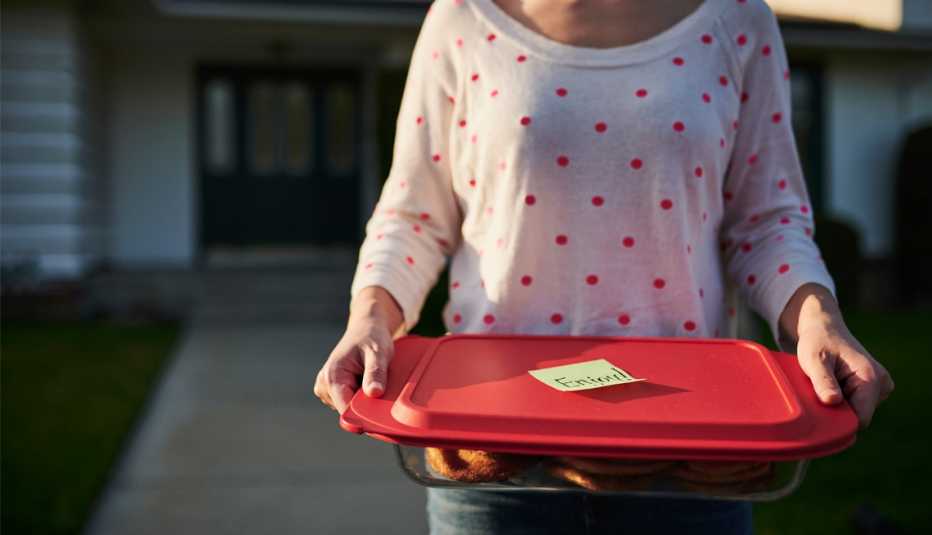AARP Hearing Center
There’s no more obvious sign that fall has arrived than the bright orange pumpkins decorating neighbors’ porches, piled high at the local farm stand or featured as the seasonal latte flavor at your favorite coffee bar.
But don’t limit yourself to buying a giant pumpkin for Halloween and then discarding it once trick-or-treaters have come and gone. There’s so much you can do with this versatile winter squash.
More than 2 billion pumpkins are produced annually, according to the USDA National Agricultural Statistics Service, so make full use of the harvest and get your money’s worth. Pumpkins are packed with vitamin A, are a good source of vitamin C and potassium, and are loaded with beta carotene, a powerful, cancer-fighting antioxidant, according to the American Institute for Cancer Research.
The pumpkins most people select for their jack-o’-lanterns are typically grown for size and shape, but bigger doesn’t necessarily mean more flavorful. Different types of pumpkins contain varying amounts of water and offer varying textures, so keep that in mind if you plan to cook them. The good news is that all pumpkins can be consumed in their entirety (except for the stem). If you’re following a recipe, you’ll want to see if a particular variety is best. Consider one of the many heirloom varieties available at your local store or farmers market.
Whatever kind of pumpkin you buy, using the whole thing is fun, saves you money and will yield many a meal long after the Halloween decorations have been packed away.
Pumpkins for decoration

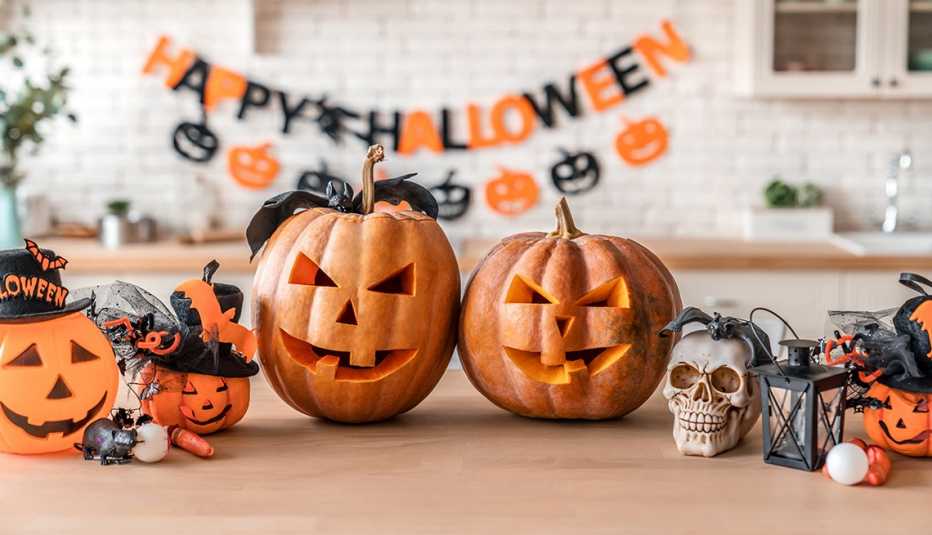
There is one type of pumpkin that’s not for cooking, and that’s the one you carved and have displayed by your front door.
“Once you cut open a pumpkin, it begins to rot,” says Joe Frillman, executive chef of Daisies restaurant in Chicago. You can use the guts and the seeds that you pull out of a fresh pumpkin prior to carving it, but whatever is left sitting outside runs the risk of animal contamination and should not be consumed.
Pumpkins used as part of a tablescape are OK to eat, but do not consume anything that’s been decorated with permanent marker or other potentially toxic art supplies.































































